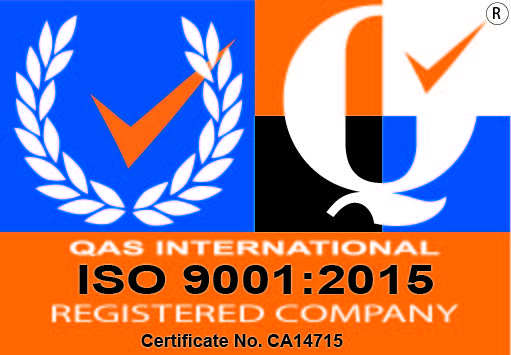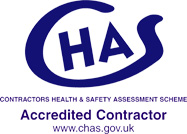Asbestos in Vermiculite
What is Vermiculite?
Vermiculite is the geological name given to a group of hydrated laminar minerals which are aluminium-iron-magnesium silicates, resembling mica in appearance. Rock and other impurities are removed from the crude ore which is then crushed and sorted into sizes. Vermiculite is considered to be a safe inert material and is light in colour. When heated it expands, the technical term for this is exfoliation, up to 30 times its original volume. The exfoliation process converts the dense flakes of ore into lightweight porous granules containing innumerable minute air layers. Expanded vermiculite is light and clean to handle, has a high insulation value, acoustic-insulating properties and will absorb and hold a wide range of liquids.
Commercial uses for Vermiculite
Moulded shapes are made with Vermiculite in a process involving mixing exfoliated vermiculite with inorganic bonding agents such as sodium silicate and potassium to produce an earth damp mixture. This material is then hydraulically pressed into shape in a mould, and then heat cured at temperatures up to 180 °C for up to 24 hours depending upon the thickness of the moulded part. Such parts can withstand temperatures of up to 1150 °C. The moulded Vermiculite shapes and boards are used regularly in:
- Acoustic panels, Vermiculite is a great sound insulator.
- Roof screeds.
- Floor screeds.
- Insulating concretes.
- As a packing material owing to its impact absorbing properties.
- Storing bulbs and root crops. The absorptive power of vermiculite acts as a regulator that prevents mildew and moisture fluctuation during the storage period, thus preventing storage rot
- Soil free growing media: Expanded vermiculite is combined with other materials such as peat or compost to produce a soil free growing media for the professional or home gardeners. These mixes promote faster root growth and gives quick anchorage to young roots. The mixture helps retain air, plant food and moisture, releasing them as the plant requires them.
- Brake linings, owing to its thermal resistance.
- Vermiculite is used in commercial hand warmers.
- As a substrate for various animals kept in captivity.
- Used as a sterile medium for the incubation of reptile eggs. Widely used by snake and lizard breeders after removing the eggs from the parents for incubation.
- As loose-fill insulation. Coarse grades of exfoliated vermiculite can be used to insulate lofts.
- Vermiculite is sometimes used in gas fireplaces to simulate embers.
- Vermiculite is an additive to fireproof wallboard.
- Vermiculite is used in AGA cookers as insulation.
- Open fireplaces.
- As a soil conditioner for where the soil is too heavy, gentle mixing of vermiculite up to one-half the volume of the soil will condition the soil.
- Seed germination.
- Fireproofing of steel and pipes.
- Vermiculite is often used to absorb hazardous liquids for solid disposal such as fuel spills at road traffic accidents.
Fireproofing with Vermiculite
While spray applied asbestos containing fireproofing is still widely found in mainly older buildings, in some parts of the world it is still being used in new builds. More recent and responsible improvements of these sprays have been made and the asbestos has been replaced with aggregates of man made mineral fibres. The cement versions of these fireproofing sprays contain Portland cement and lightweight aggregates of the plaster vermiculite. Worryingly, Vermiculite ore that is extracted from the Libby Mine in Libby, Montana in the United States of America may contain asbestos. The United States Environmental Protection Agency has stated that vermiculite from the Libby Mine should be considered to be contaminated with asbestos. The Libby mine in Montana has been closed since 1990. Vermiculite ores currently produced are considered safer because they have a lower asbestos content, but that's a bit like thinking a .22 revolver won't hurt as much as a .44 as the bullet is smaller, but it can still kill! Also the danger of exposure to asbestos in these spray applied materials is increased many fold by not following the correct industrial hygiene procedures and by not following the relevant asbestos abatement regulations.
Asbestos contamination in Vermiculite
It should be stressed that not all vermiculite contains asbestos. Some products that were made with vermiculite contained asbestos up until the early 1990s. Vermiculite mines throughout the world are now regularly tested for asbestos and are supposed to sell products that contain no asbestos at all. The former vermiculite mine in Libby, Montana, did have tremolite asbestos as well as winchite asbestos and richterite asbestos.
Pure vermiculite does not contain asbestos and is not a toxic substance. Some vermiculite is impure and may contain, apart from asbestos, other contaminants that should have been screened out.
Health risks in Vermiculite mining
The largest and oldest vermiculite mine in the United States was started in the 1920s, at Libby, Montana, and the vermiculite was sold under the commercial name Zonolite. The Zonolite brand and the mine was acquired by the W.R. Grace Company in 1963. Mining operations at the Libby site stopped in 1990 in response to asbestos contamination. While in operation, the Libby mine may have produced 80% of the worlds supply of vermiculite.
The United States government estimates that vermiculite was used in more than 35 million homes, but does not recommend its removal. Nevertheless, homes or structures containing vermiculite or vermiculite insulation dating from before the mid 1990s and especially those known to contain the "Zonolite" brand may contain asbestos, and therefore may be a health concern.
An article published in the Salt Lake Tribune on December 3, 2006, reported that vermiculite and Zonolite had been found to contain asbestos, which had led to cancers such as those found in asbestos related cases. The article stated that there had been a cover up by W.R. Grace Company and others regarding the health risks associated with vermiculite and that several sites in the Salt Lake Valley had been remediated by the Environmental Protection Agency when they were shown to be contaminated with asbestos. W.R. Grace Company has vigorously denied these charges.
The vermiculite deposit at the mine in Libby, Montana, was and still is, heavily contaminated with asbestos. Numerous people were knowingly exposed to the harmful dust of vermiculite that contained asbestos. Unfortunately, the mine had been operating since the 1920s, and environmental and industrial controls were virtually non existent until the mine was purchased by the W.R. Grace Company in 1963. Yet, knowing the human health risks, the mining company still continued to operate there until 1990. Consequently, many of the former miners and residents of Libby have been affected and continue to suffer health problems. Over 400 people in the town have died from asbestos related disease due to contamination from vermiculite mining from nearby Zonolite Mountain, where soil samples were found to be loaded with fibrous tremolite, which is known to be a very toxic form of asbestos, and countless others there who insulated their homes with Zonolite have succumbed to asbestos related diseases, most of whom never were employed in environments where asbestos was an issue.
After a 1999 Seattle Post Intelligencer story claimed that asbestos related disease was common in the town, the Environmental Protection Agency, in response to political pressure, made cleanup of the site a priority and called Libby the worst case of community wide exposure to a toxic substance in United States history. The Environmental Protection Agency has spent $120 million in Superfund money on cleanup. In October 2006, W.R. Grace Company tried to appeal the fines levied on them from the Environmental Protection Agency, but the Supreme Court rejected the appeal. The United States government is also pursuing criminal charges against several former executives and managers of the mine for allegedly disregarding and covering up health risks to employees. They are also accused of obstructing the governments cleanup efforts and wire fraud. To date, according to the indictment, approximately 1,200 residents of the Libby area have been identified as suffering from some kind of asbestos related abnormality. Jury selection was to have been completed in February 2009. The case ended in acquittals on May 8, 2009. On June 17, 2009, the Environmental Protection Agency issued a public health emergency in and near Libby, thereby allowing federal agencies to provide funding for health care, and for removal of contaminated insulation from affected homes.
Health risks in Vermiculite mining partly from Wikipedia, the free encyclopedia
Further Information
If you would like to know more or are interested in a quote we would be happy to help. Phone us on 07730 446 224, email us at info@survey-safe.com or fill in our enquiry form and we will be in touch as soon as possible.
Survey Safe® - 07730 446 224 - info@survey-safe.com
Registered Office: Wagstaffs, Richmond House, Walkern Road, Stevenage, Herts SG1 3QP
Survey Safe® :: 07730 446 224
Survey Safe®
07730 446 224
Areas we cover
Areas we cover in London :: A
Areas we cover in London :: B
Areas we cover in London :: C
Asbestos articles
Asbestos: A possible cure being developed for Mesothelioma
Asbestos: The importance of regular staff medicals
Mesothelioma and Asbestosis: A comparison
86 per cent of school buildings contain asbestos
Workplace exposure limits
Controlling noise at work
Legionella risk
Asbestos re-inspection
Asbestos related products
Magnesite floor screeds
Asbestos in vermiculite
Chrysotile fuse carriers
Asbestos air monitoring
Asbestos cement roofs
Surviving mesothelioma
Cancer deaths from asbestos at all time high
Asbestosis
Asbestos exposure at ground zero after 9/11
Asbestos insurance claims
More asbestos related prosecutions
New asbestos regulations introduced
Asbestos contractor fined
Asbestos is a hidden health hazard in millions of homes
Asbestos exposure
Contractor fined for removing asbestos in an open wheelbarrow
Past and present uses for asbestos
Asbestos filters used in cigarettes
Privacy policy
Website map


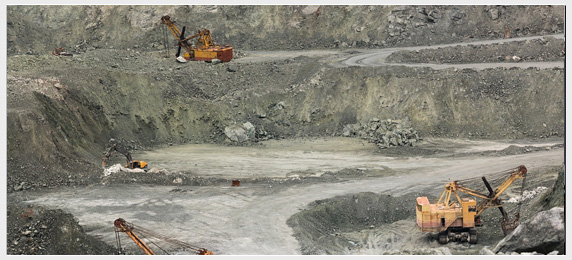
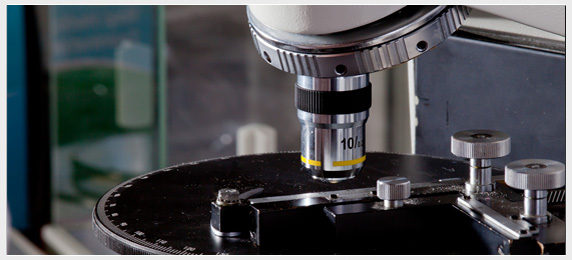

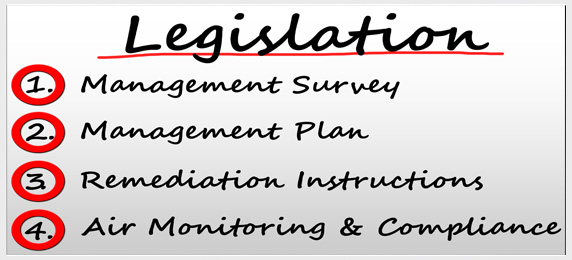
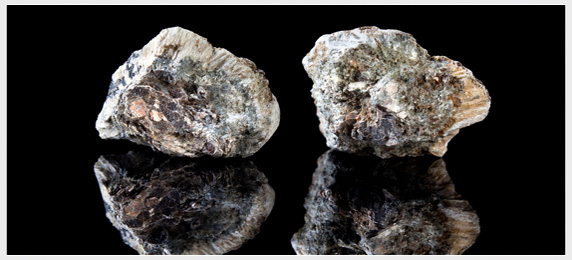
 1
1 2
2 3
3 4
4 5
5

